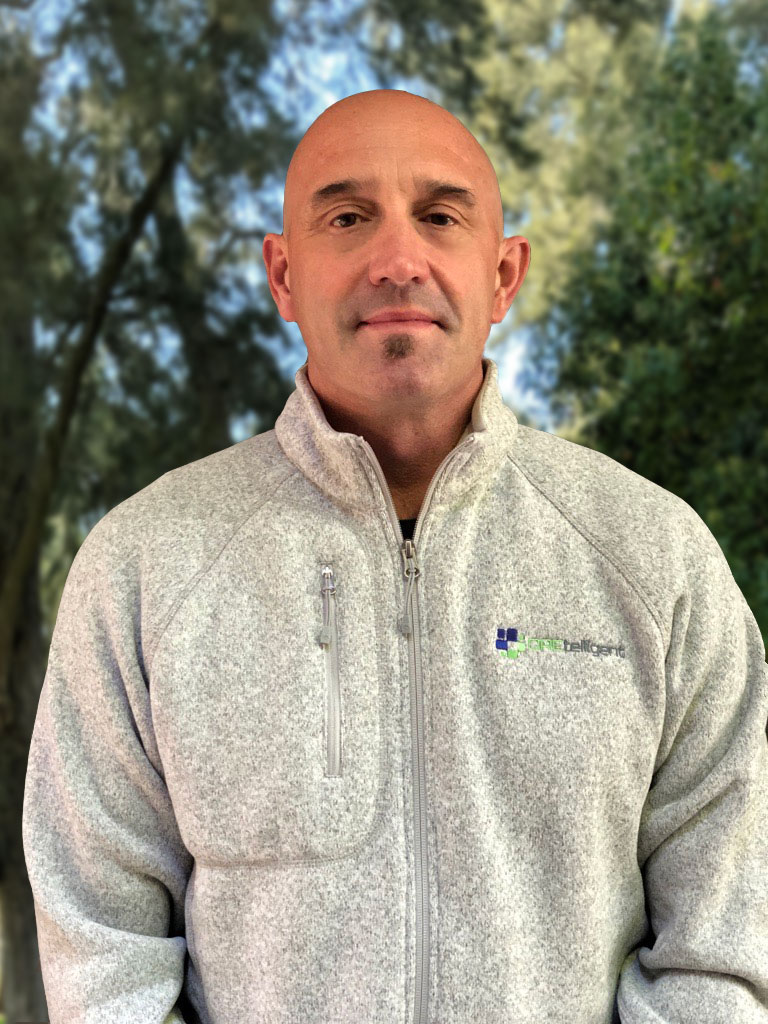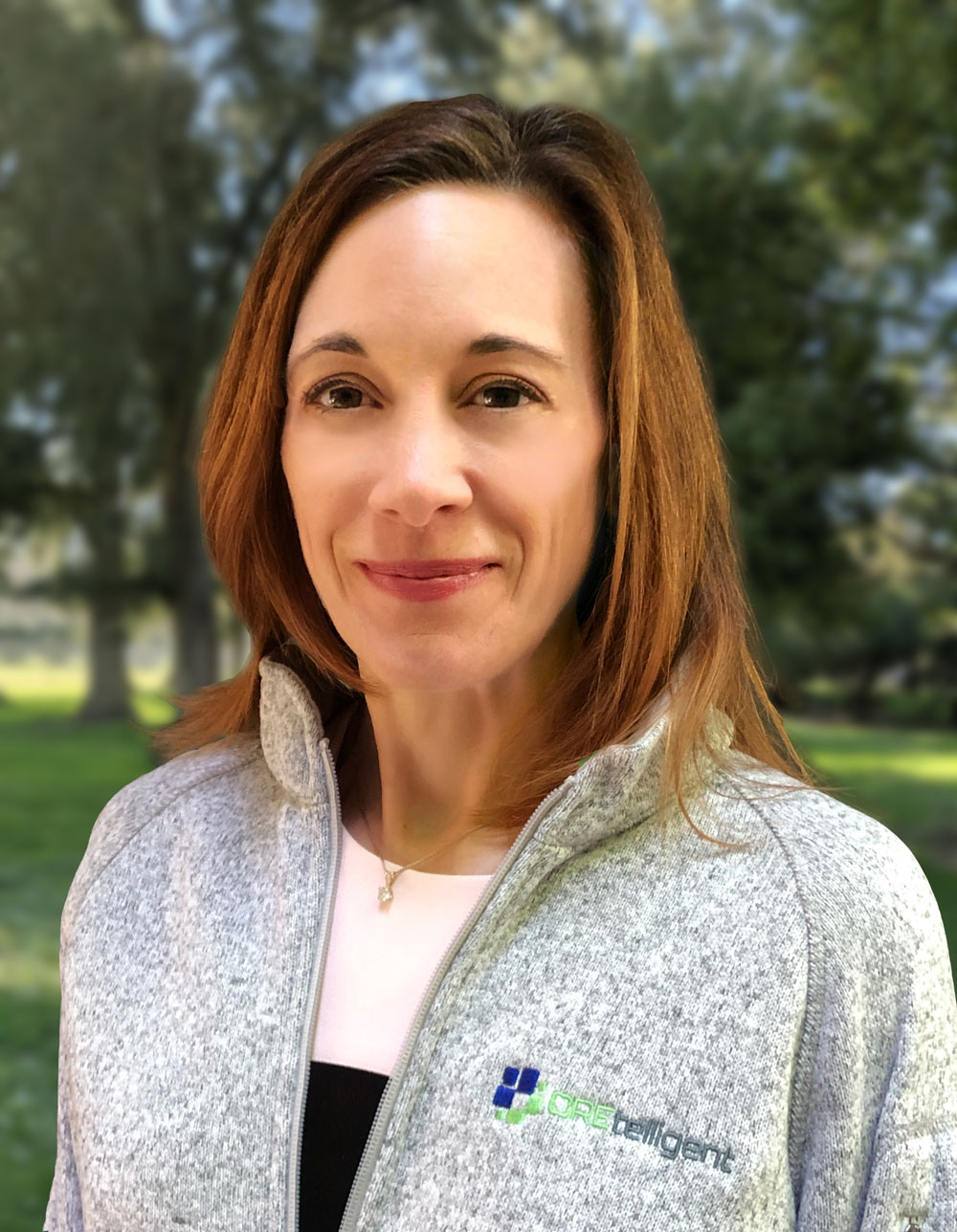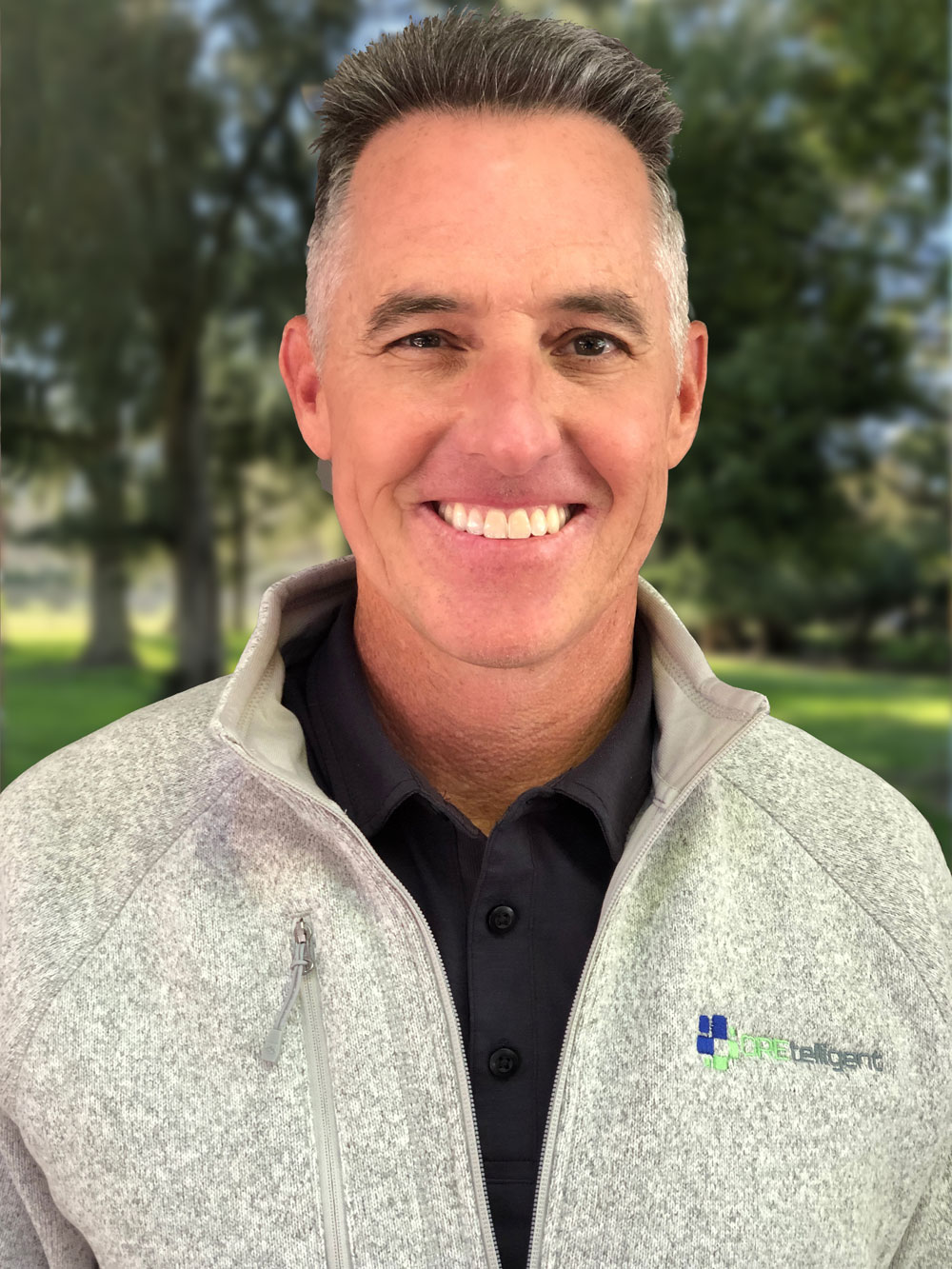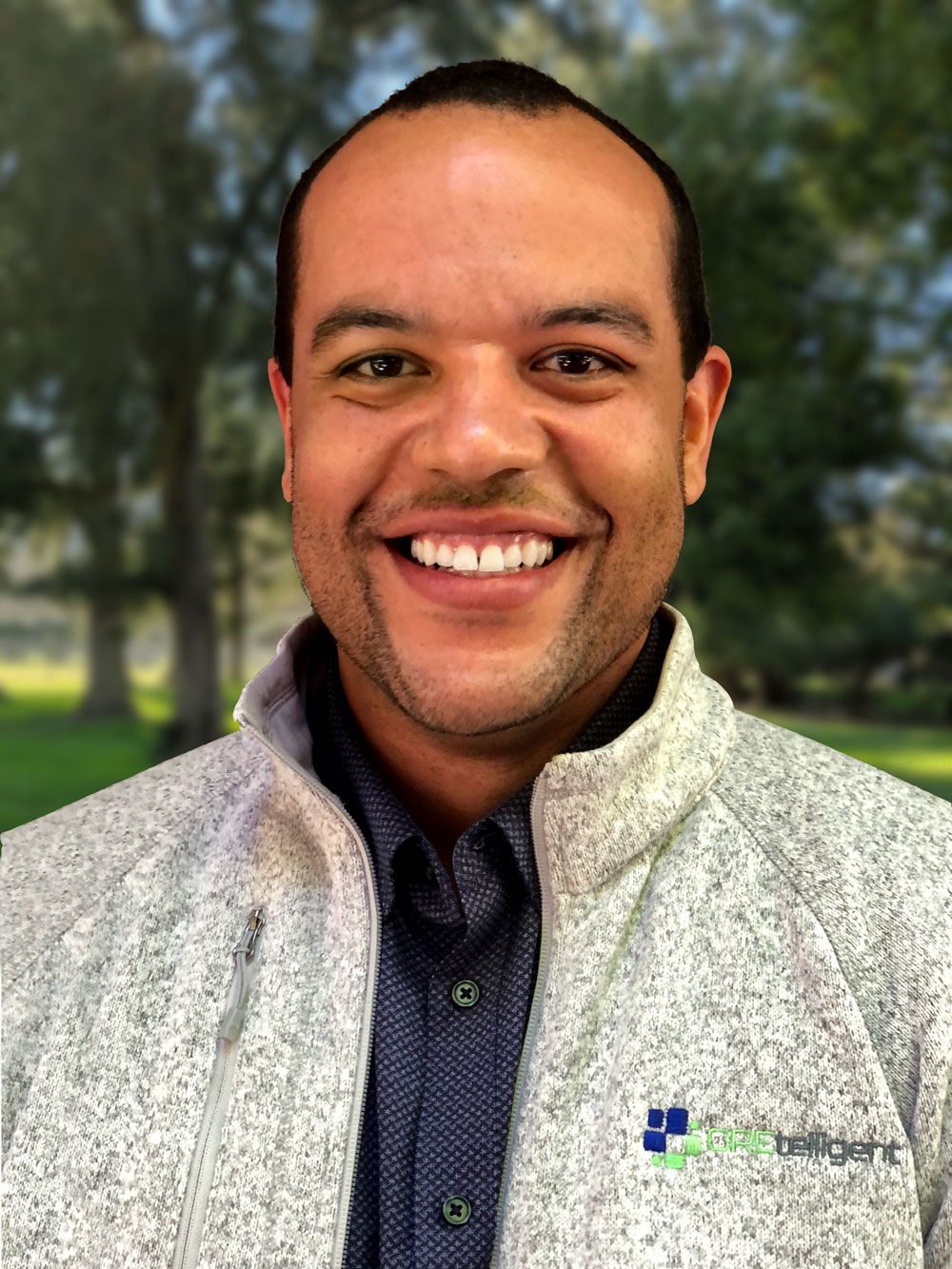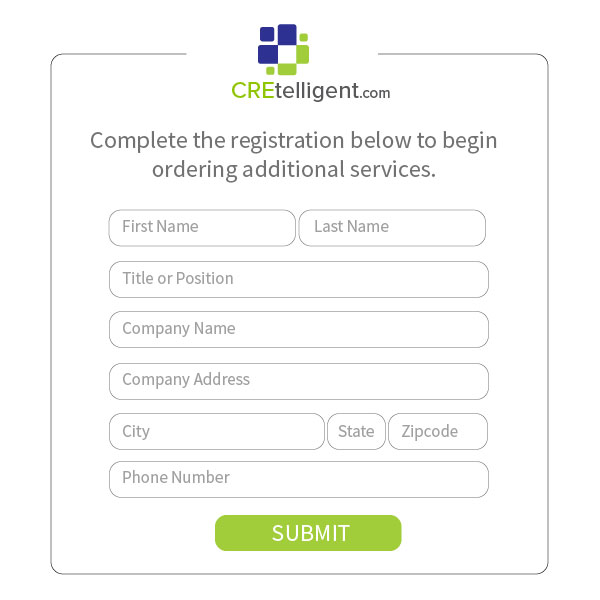Demystifying Environmental Due Diligence in a CRE Ecosystem
Anthony Romano: Hello folks. We’re going to wait 30 seconds for a couple more folks to join and then we’ll kick this off. Okay. I think we’re good to go. So hello and good morning to those of you calling in from the west coast and good afternoon to our Midwest and east coast participants. My name is Anthony Romano. I’m the CEO of eScreenLogic and grateful to be your host for today’s 30 minute session. Hmm. First I see many folks in the Webinar from our client base as well as several others from other lending institutions who have joined. Welcome to you all and thanks very much for taking the time to listen in. If you’re not familiar with our company and services, today’s event will not be an east green logic commercial, so I’d encourage you to take a deep dive on our website or give us a call to learn more about our company and solutions.
Now we decided to host this Webinar to provide a forum to address many of the most common questions and concerns that we get from our clients regarding environmental assessment process during commercial loan transactions. And these questions come from borrowers, investors, commercial brokers, loan officers, CRE underwriters, as well as the risk management side of lending institutions to answer these questions and provide some context, insight and best practice. I’ve asked two of our senior environmental consultants to join me. Let me quickly introduce these two gentlemen first here with me and northern California is Rob Fagerness. Rob is a senior environmental engineer with the scree logic. He has over 30 years providing oversight and execution of environmental due diligence. Rob’s expertise includes transaction management, regulatory compliance and field investigations. Joining us from our Dallas Fort Worth Operation Center is Chris Johnson. Chris is also one of eScreenLogic’s, senior environmental professionals.
He spent over 15 years consulting banks and lenders an environmental policy and he’s delivered more than 10,000 environmental assessments. Now, before I launch into the questions for these gentlemen, let me say that our objective today is for you to leave with at least one piece of information, one practice you can implement or one idea that will allow you to improve your borrower’s experience during the commercial loan process. If we do that, we’ll consider it a success. One bit of housekeeping, you’ll be able to submit comments and questions for us online as we deliver the Webinar. We’ll do our best to answer any of those near the end of today’s session. Okay, let’s jump right in. Let me start with Chris Johnson. First question number one, I’ve read policy and guidelines from various bank regulatory bodies and oversight organizations like the OCC, the FDIC, NCUA, etc. all seem to recommend some form of documented environmental risk management program for commercial lenders. Can you explain why is this so important?
Chris Johnson: Well, Anthony, I’ve had the privilege to work with numerous banks on crafting and modifying their environmental risk management policies. Therefore, I’m very familiar with this process and why environmental risk management is so important. First and foremost, banks are required to have environmental risk management policies to meet regulatory guidelines from the FDIC, NCUA, etc. Second, it’s critical, absolutely critical for banks to identify potential environmental liabilities during their underwriting process as it can impact collateral value. The borrower’s ability to repay debt. It can impair bank’s ability to recover funds in the event of a default. And it can create potential lawsuits from third parties. You know, nobody wants Erin Brockovich knocking on your door wanting to chase you down for a lawsuit. So got to do what we can to mitigate those risks. Third, what happens if the bank forecloses? Well, they need to know what is their environmental liability.
And depending on the environmental liability, they may not want to foreclose and take title to the property. They may want to seek alternative options such as short sale or or loan workout. And in the event they do foreclose, then they need to know what needs to be done in order to get this property sold in off their books. You know, if there’s environmental cleanup costs have to be incurred, need to know that so they can move these off their books. So basically having good environmental risk management policies will not only environmental liability, it improves loan quality and it creates a positive ROI, not only for the bank but also the borrower.
Anthony Romano: Excellent. Chris, thanks. Good, good, good response there. And I appreciate the work that you and rob have done with our clients to help with those policies and guidelines for consistency in our lender clients. Rob, let me turn to you for question number two. When we, when we look at commercial loan, obviously these are collateralized loans, I. E. Secured by property. As we think about kind of the three legged stool of collateral evaluation, appraisal, property condition inspections, and environmental assessment. Why is it that the environmental assessment seems to be so daunting and misunderstood?
Robert Fagerness: I often work with both the bank and the borrower, you know, Anthony, there are numerous reasons that make environmental assessment daunting to the lending community. Over the years. I have heard numerous comments and feedback from clients relating their concerns and fears. Specifically a few environmental assessment process. Let me share a couple of these with you.
First and foremost has to be when the customer feels like they are being held hostage by the environmental consultant. There is a fear that the consultant will find problems with their projects, which will translate into recommendations for further work. Also, time delays and added costs a second come to occurrence. More concern that I’ve heard from our customers is the belief that the environmental assessment process is irrelevant or not necessary. Often here what I don’t know won’t hurt me or the property owner says the site’s clean, so why can’t I take them on their work yet? Another example I often hear is when the customer indicates that they have a historic regulatory documents exonerating a past condition or affliction with [inaudible] the property. Therefore the customer feels that no updated environmental assessment is needed at this point in time. And finally I have heard concerns that environmental assessments are often confusing and or difficult to interpret.
Most of our customers did not have in house environmental professionals to review and interpret reports. Oftentimes there is language and recommendations that they may not be familiar with and require further explanation to fully understand and digest. You know, Anthony, my goal as is an environmental professional is to improve the customer’s experience by alleviating the environmental assessment prejitters, making the information in my reports clear, concise and easy to understand and providing additional assistance it necessary to explain the conclusions and recommendations. I put in my reports.










